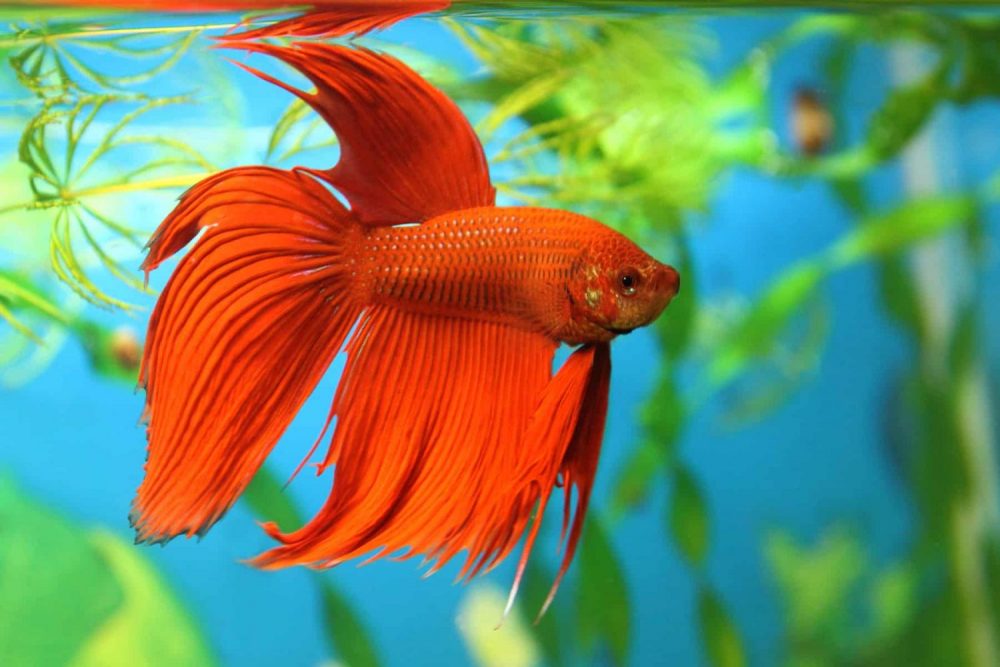
Who doesn’t like a cool aquarium with bright, tropical fish? Well, we’re sure you do. One of the best colourful companions you could have in your aquarium is betta fish.
Betta fish are colourful fish found in the warm waters of Thailand and are one of the most popular choices for many aquarium lovers. However, many betta fish are expected to live only two to four years, primarily due to incompetence and misinformation. But, what if we were to tell you your betta could live for a decade?
Well, it could – you’d just have to know how to take care of it. Today, we’re going to talk about how you can take care of your betta fish and keep it healthy and alive for many years. Let’s get started!
How To Tell If Your Betta Is Healthy?
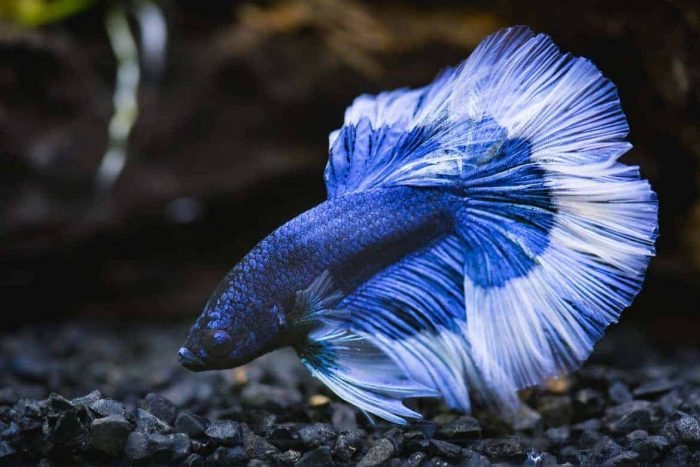
First of all, you have to learn how to tell the difference between a healthy and sickly betta fish. This will not only help you keep your fish around for longer, but it should also help when buying a new fish. This could help you identify and purchase a sickly betta and nurse it back to good health or just pick the right one when in-store.
A healthy betta will be very lively and you should notice it right away. It’s rare for them not to come close to you when you try and get close to their habitat. They’ll always come around to see what’s going on. Also, a healthy betta will be aggressive, which is why they’re often called Siamese fighting fish. Furthermore, a healthy specimen will be very bright and colourful, often hungry and willing to eat, and will have nice, healthy, undamaged fins.
On the other hand, if you notice a dull-looking beta that’s pretty much always hiding and isn’t interested in checking you out once you come close – you’re probably looking at a sick fish. Also, sick bettas will be bloated, slow, won’t be hungry once you come to feed them. Furthermore, you might even notice some growths on their body or around their mouth, or you could see damaged tattered fins. All of these point to a sickly betta that’s probably not going to be around for too long if something isn’t done immediately.
Betta’s Ideal Living Conditions
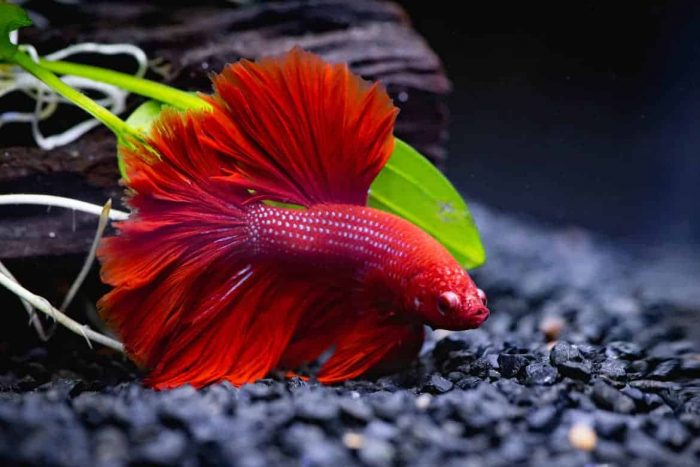
Now that you know how to tell between a healthy and sickly betta – let’s learn a few things about their ideal living conditions.
Tank Size
First of all, a betta shouldn’t live in a small bowl. They could survive in it, just like you could survive in a cramped space, but you’d both be miserable and probably die before you reach old age. A betta needs a tank of at least 2.5 gallons, but you could use more. Ideally, five gallons should do the trick.
However, don’t get a 5-gallon tank and fill it all the way up. These fish need oxygen from the air, too, so always leave some room for your colourful little friend to come up to the surface and breathe
Furthermore, that is why you don’t need an oxygen pump in your aquarium.
And oh, don’t leave your tank open. Bettas are good jumper and if you don’t have a lid on, chances are, you’re going to lose your pet in a really tragic way. To be fair, you could click here and get yourself a new one, but still, nobody wants to lose a pet.
Light
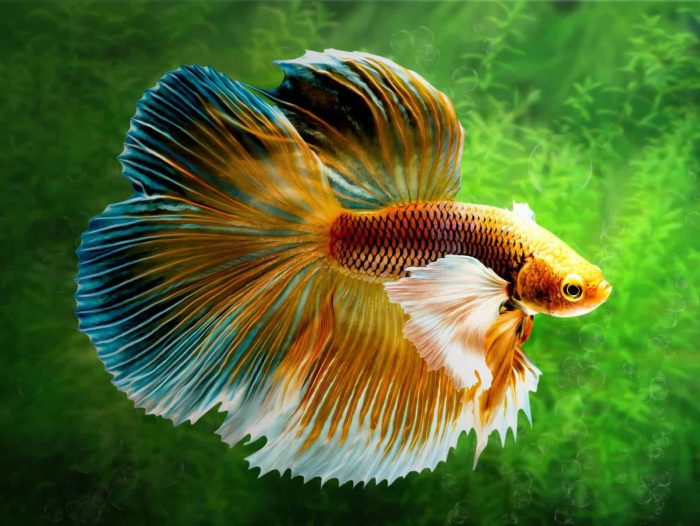
These fish need light, but not all the time. There needs to be a clear distinction between night and day if you want your fish to enjoy their life in an aquarium. You can use both natural and artificial light; just make sure you don’t keep the tank in direct sunlight, as that could heat up the water too much.
Water Temperature
As we’ve said, these are tropical fish, therefore, the water must be warm. The ideal temperature range for your betta fish would be somewhere between 75 and 80 degrees Fahrenheit, so, we’d advise getting a thermometer or a heater to keep the water temperature in the desired range at all times.
Filter
Filters aren’t a necessity, but we’d recommend getting one for a large aquarium. A filter should do a great job of balancing healthy and unhealthy bacteria levels, which should help you keep your fish safe and sound. However, make sure not to get one that’s going to cause a lot of disturbance and water movement, as bettas aren’t powerful swimmers.
Water
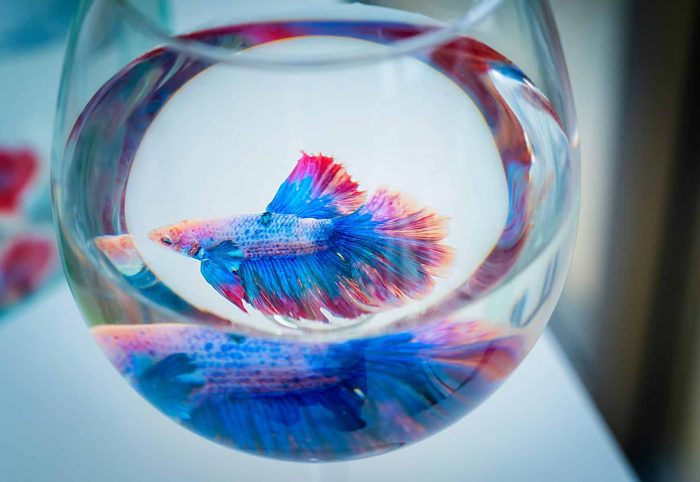
Bettas prefer slightly acidic waters, in the 6.5 to 7.5 pH range, so make sure you keep an eye out for that. Furthermore, the water must be free of chlorine and other contaminants, so if you plan on using tap water, make sure you use a water conditioner to remove the extra chemicals from it. However, don’t use distilled water, as that is also not suitable for these fish.
Furthermore, you’ll have to change the water quite frequently. How often, though, will depend on your water quality and the size of the tank. In general, 3-gallon tanks need complete water change each week, while the larger ones could do with a once a month.
Tank Buddies
Male betta fish are known for being notoriously aggressive, so whatever you do – don’t keep two male bettas in the same tank! If you do, there are certainly going to fight until one of them dies and that’s just cruel.
Also, a male and a female betta fish shouldn’t share a tank as well. They could, but only for mating purposes and that’s only for a short period of time.
If you want more of them in a single tank, make sure they’re all females and that they have enough water to swim freely.
Decorations
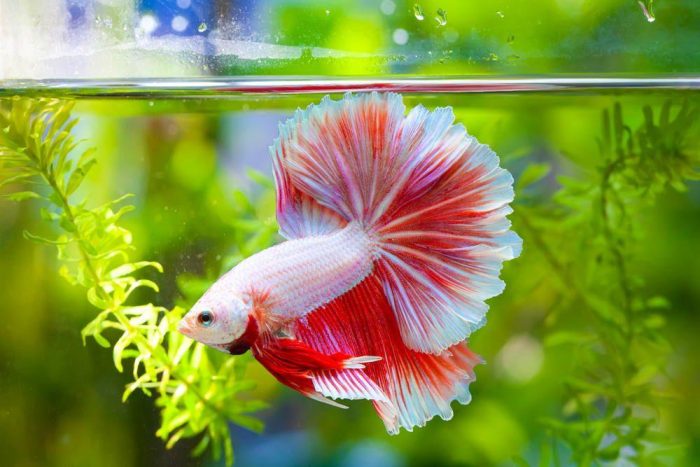
A tank should mimic their natural habitat, so you’ll want to provide your fish with enough hiding spots and some “greenery”. Now, you could use either natural or artificial plants, but you need to make sure they’re soft – if you’re going for a fake. A silk plant would be a good choice for an artificial plant since they’re soft and won’t cut or hurt your fish.
How To Feed A Betta Fish?
Betta fish need regular feeding and they require specific foods. They’re carnivores, so they’ll need protein, but the thing is – they’re very picky. Fortunately, you could get betta-specific foods from the stores.
However, it’s really easy to overfeed these fish, so make sure you only feed your fish once a day with 3 to 4 pellets.
Conclusion
As you can see, there are quite a few things you need to pay attention to. However, we feel confident that these tips should be more than enough to get you started if you’ve never had a betta fish before. Best of luck!








